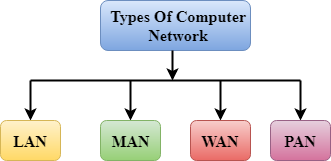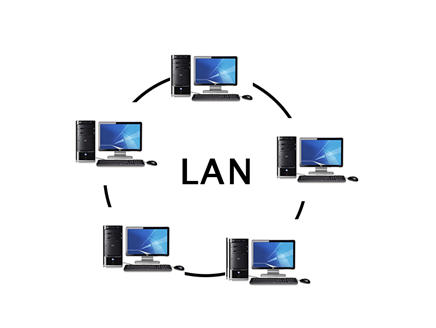Wireless local area networks (WLANs) are often implemented as an overlay to the wired LAN. The two distinct WLAN architectures in use are lightweight and autonomous, each having varied impact on the wired network infrastructure.
Selection of the right WLAN architecture can be difficult. Regardless of which architecture your choose, consideration should include building a futureproof, integrated wired and wireless network as vital to achieving a high return on investment.
While both architectures remain popular today, the trend is shifting to lightweight architectures taking over the WLAN market.
Two hierarchical models
In the face of this changing landscape, how do you choose your WLAN architecture? The two main architectures used in the WLAN environment differ in the extent that the wireless access point (WAP) has autonomy over access, security, and operation.
Lightweight WAPs, which form part of a centralized WLAN architecture, have limited functionality, with most of the wireless intelligence residing at a central controlling device (i.e., the WLAN controller).
By contrast, an autonomous architecture uses distributed WAPs that usually do not require a wireless controller.
To differentiate between a lightweight and an autonomous WLAN architecture requires an understanding of the role and hierarchy of devices in a network. For instance, in the network world, there is a widely accepted hierarchical model that identifies network devices by classifying them into one of three layers.
The model is straightforward; it identifies the devices that provide communications to the end user as the access layer, the devices providing internetwork communications as the distribution layer, and the core layer as the top layer responsible for transporting data quickly and reliable among networks. WAPs provide the first communications interface to the end user regardless of the architecture deployed, and reside at the edge of the network, or at the access layer.
In an autonomous architecture as depicted in the figure above, a wireless controller is not required. The autonomous WAPs support all necessary switching, security, and advanced networking functions necessary to route wireless traffic.
By contrast, in lightweight WLAN architectures (page 45), hardware consists of reduced-functionality WAPs that operate together with a centralized wireless controller. The controller resides deeper in the LAN, at the distribution or possibly the core layer. The WAPs do not function independently of the wireless controller.
Traditionally, autonomous WAPs require individual management. Any configuration changes can be accomplished via a console port session, a telnet session, an http Web connection, or with an SNMP command. If a change must be made across the entire WLAN, every autonomous WAP must be reconfigured individually.
A lightweight architecture eases management of large deployments by permitting control of all WAPs from a single device. Because the lightweight WAPs also have visibility and awareness of the neighboring WAPs, they can supervise and alert the wireless controller if one of their neighbors becomes faulty. Lightweight WLANs can be self-healing because the controller commands neighboring WAPs to adjust their power levels to compensate for a failed counterpart.
In addition, the wireless controller can offload wireless clients to a neighboring WAP if a single WAP becomes overloaded. Load balancing and self-healing are important in mission-critical applications, such as wireless Voice over Internet Protocol (VoIP).
An autonomous WAP usually has no visibility of its WAP neighbors, and so cannot adjust its power levels to perform self-healing. It cannot load balance because it does not have control of its neighboring WAPs. In addition, it cannot distinguish whether a neighboring WAP is part of the WLAN infrastructure or an illicit rogue WAP.
The difference between the physical infrastructures of lightweight versus autonomous WLAN architectures (shown above) is minimal. The only additional component in a lightweight WLAN architecture is the WLAN controller. Both lightweight and autonomous WAPs need physical protection, such as that provided by a wireless access point enclosure, power from such power-sourcing equipment as Panduit’s DPoE Power Patch Panel, structured cabling, optional zone enclosures, and available switch ports from an Ethernet switch to provide connectivity with the wired LAN.

